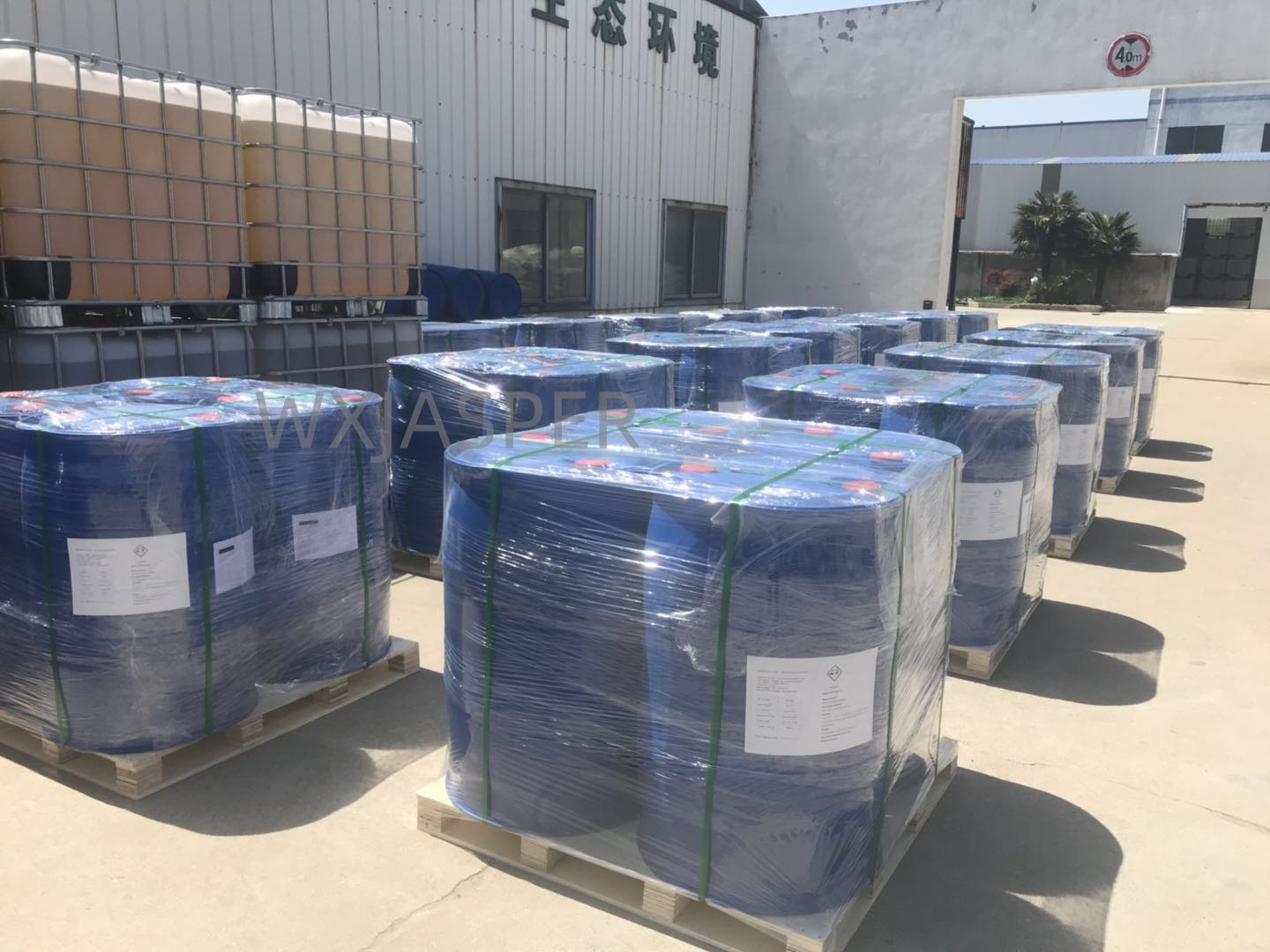Product Details
CasNo: 124-07-2
MF: C8H16O2
Appearance: liquid
Delivery Time: 15 days
Packing: 200kg/drum
Purity: 99%
1. Basic Information
- CAS Number: 124-07-2
- EINECS Number: 204-677-5
- Molecular Formula: C₈H₁₆O₂
- Molecular Weight: 144.21 g/mol
- English Name: Octanoic acid
- Synonyms: Caprylic acid, C8 acid, n-Octanoic acid, etc.
2. Physicochemical Properties
- Appearance: Colorless oily liquid at room temperature; solidifies into flaky crystals when cooled.
- Odor: Unpleasant smell with a fatty note, but exhibits a fruity aroma when diluted.
- Melting Point: 16.3℃
- Boiling Point: 237℃ (lit.)
- Density: 0.91 g/mL at 25°C (lit.)
- Vapor Density: 5 (vs air)
- Vapor Pressure: 1 mm Hg (78°C)
- Refractive Index: n₂₀ᴰ 1.428 (lit.)
- Flash Point: >230°F
- Storage Condition: Store at 20–25°C
- Solubility: Slightly soluble in cold water (0.68 g/L at 20°C); soluble in hot water; miscible with most organic solvents (e.g., ethanol, ether).
- Acid Dissociation Constant (pKa): 4.89 (at 25°C)
- State: Liquid
- Specific Gravity: 0.910 (20/4°C)
- Color: Clear colorless to pale yellow
- pH Range for Acid-Base Indicator: 3.5
- Water Solubility: 0.68 g/L (20°C)
- Dielectric Constant: 3.2 (18°C)
- Stability: Stable under normal conditions; incompatible with bases, reducing agents, and oxidants; flammable.
3. Application Fields
3.1 Food and Additives
- Preservative: Inhibits the growth of bacteria (e.g., Staphylococcus aureus) and fungi (e.g., Candida albicans) by disrupting microbial cell membranes, extending food shelf life.
- Fragrance Substrate: Esters (e.g., methyl octanoate, ethyl octanoate) formed by reacting with alcohols exhibit pleasant fruity aromas, widely used in beverages, candies, etc.
- MCT Oil Component: As a key component of medium-chain triglycerides (MCT), it is used in athletes' special diets or ketogenic diet products for rapid energy supply.
3.2 Pharmaceutical and Biomedical Fields
- Antiviral/Antibacterial: Exhibits inhibitory activity against enveloped viruses (e.g., HSV-1) and Propionibacterium acnes, applied in topical preparations for related diseases.
- Drug Carrier: Enhances transdermal absorption of certain drugs (e.g., antifungal agents) due to its lipophilicity.
- Metabolic Research: Isotope-labeled (e.g., ¹³C-octanoic acid) for tracking human fat metabolism pathways in medical studies.
3.3 Chemical Synthesis
- Plasticizer: Salts (e.g., zinc octanoate, tin octanoate) serve as stabilizers for polyvinyl chloride (PVC) plastics.
- Surfactant: Reacts with ethylene oxide to form polyoxyethylene octanoate, a non-ionic emulsifier used in cosmetics and detergents.
- Metal Extractant: Separates metals like nickel and cobalt in hydrometallurgy.
3.4 Other Applications
- Fuel Cells: Acts as a fuel for direct hydrocarbon fuel cells via dehydrogenation under specific catalysts.
- Nanomaterial Synthesis: Functions as a reducing and stabilizing agent in the preparation of gold nanoparticles, regulating their morphology and size.
- Gas Chromatography: Used as a reference standard for fatty acid analysis.
4. Production Methods
Primarily derived from natural oils (e.g., coconut oil, palm kernel oil, palm stearin):
- Refine the oil.
- Perform esterification to obtain methyl octanoate via distillation.
- Saponify and acidify the ester to yield n-octanoic acid.
5. Safety Information
- Toxicity Grade: Low toxicity; oral LD₅₀ for rats: 10.08 g/kg.
- Irritation: May irritate skin, eyes, and respiratory mucosa at high concentrations.
- Storage Conditions: Store in a cool, well-ventilated warehouse away from fire, heat, and strong oxidants, in a light-proof, sealed container.
- Protective Measures: Wear gloves, goggles, and protective clothing during operation. Rinse skin with soap and water if contacted; flush eyes with saline and seek medical help.
- Transportation Classification: Generally non-hazardous, but avoid high temperatures and mixed transport with strong acids/bases.


